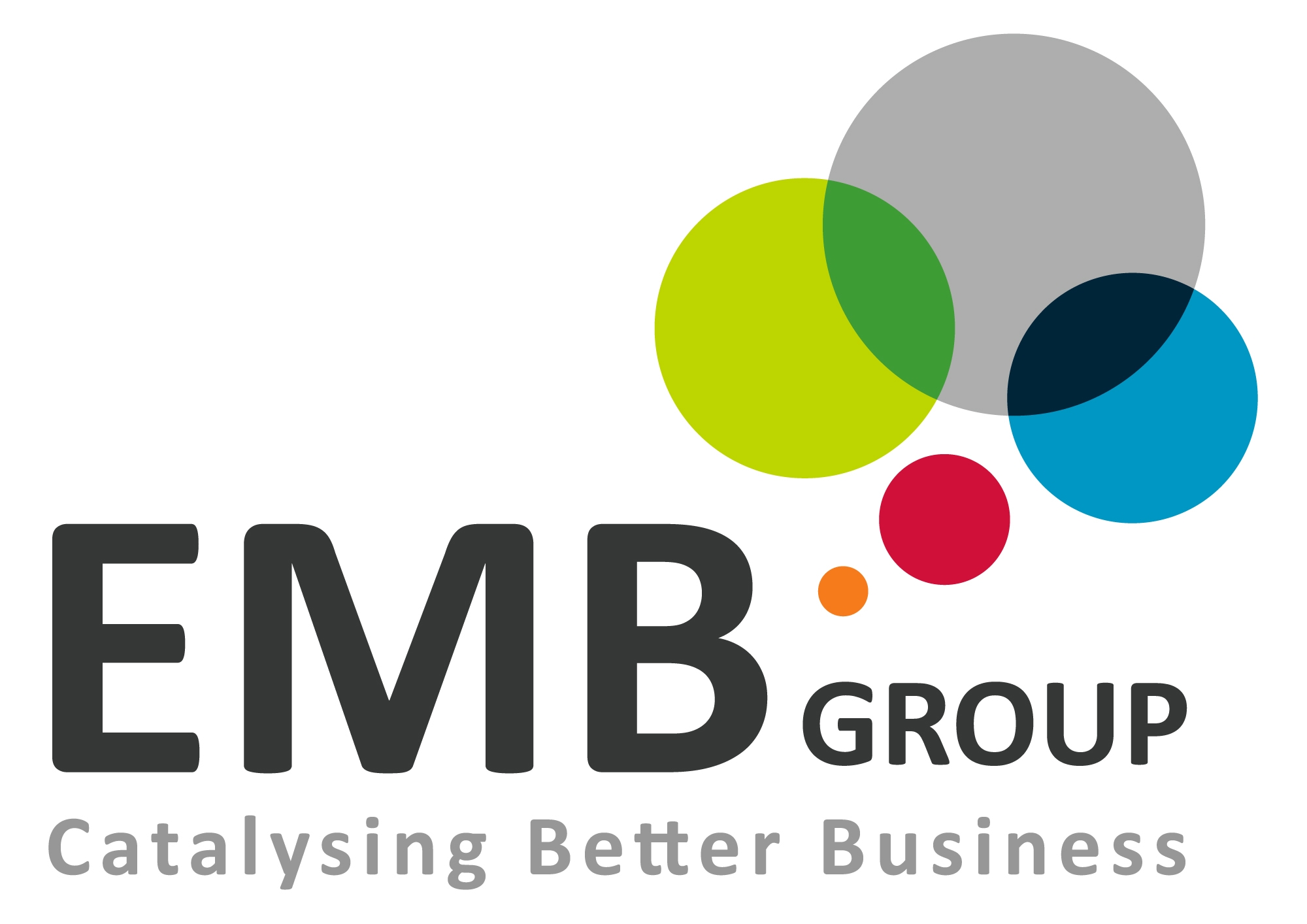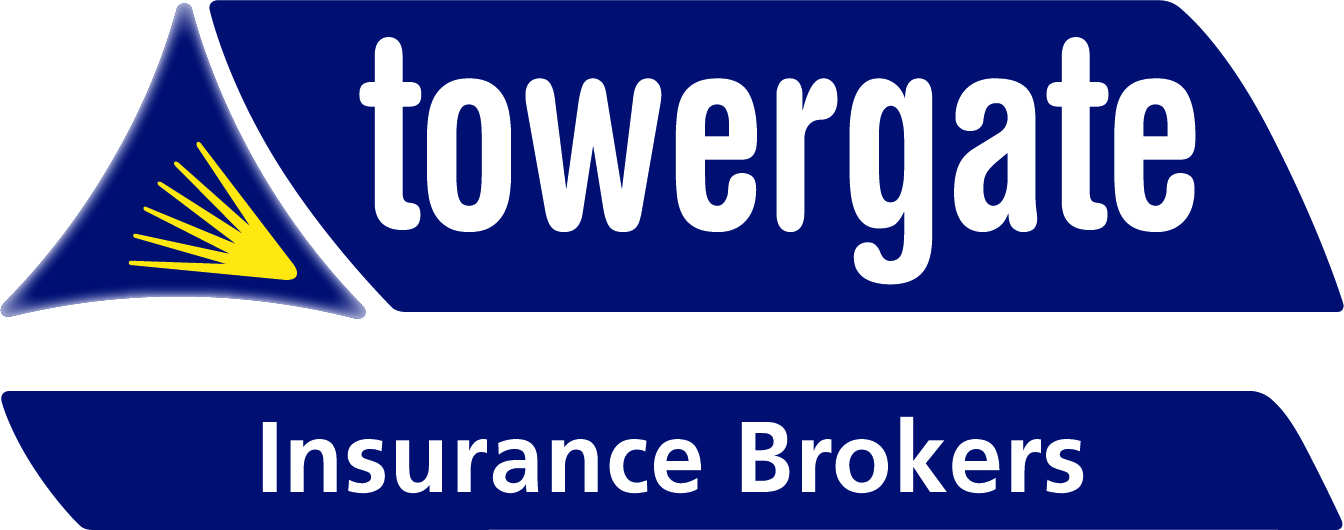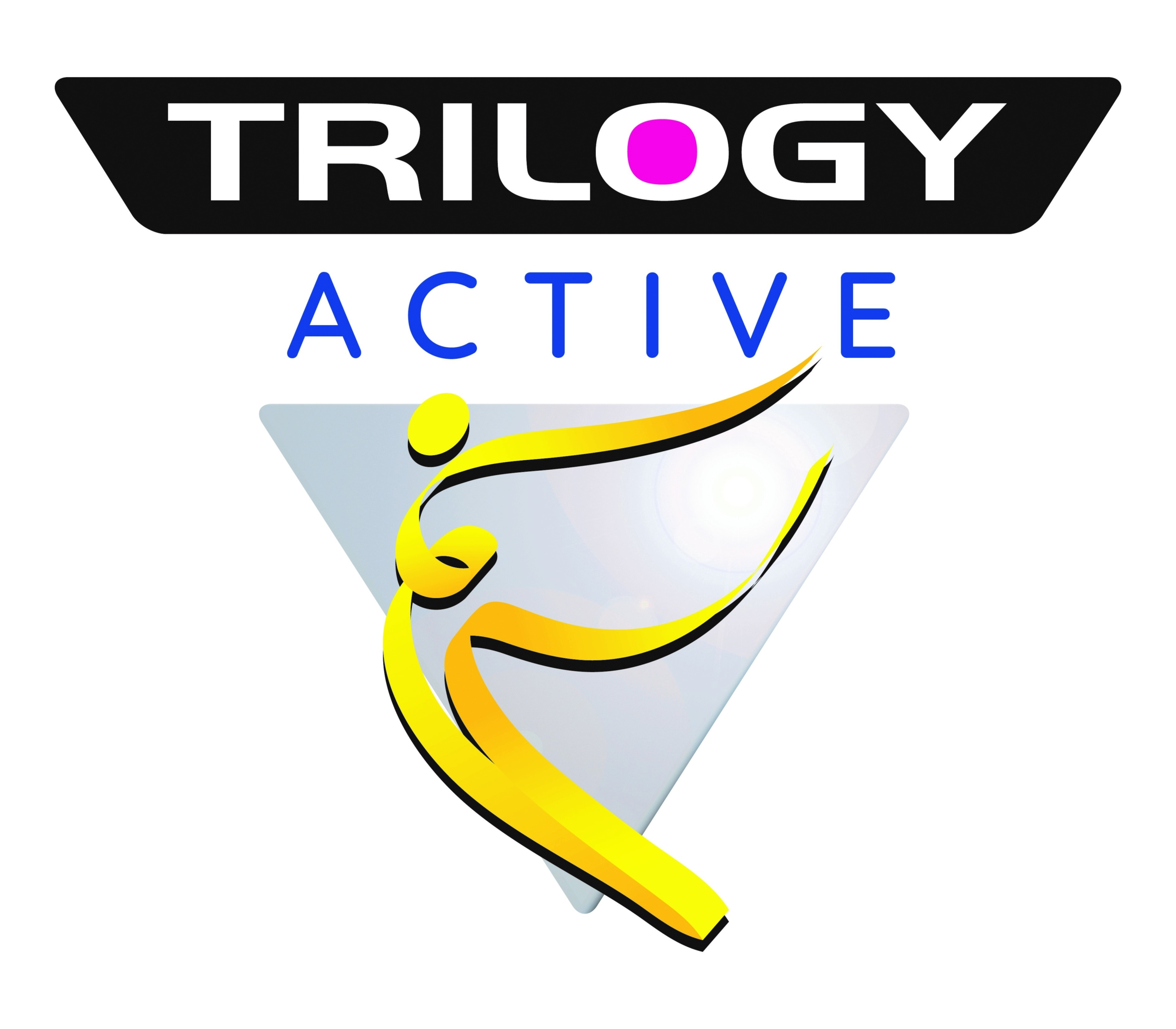

People development and employee engagement – Two problems, one stone?
Blogs
We have a bit of an employee engagement problem at the moment. In-fact according to State of the Global Workplace: 2021 Report from Gallup only 11% of those in work in Europe would class themselves as engaged. What does that mean? It can mean that either employees are not aligned and switched on to a companies objectives or simply that they are bored at work. Hardly encouraging for high productivity a central plank of UK government policy and a key requirement for all successful business at present.
Then we have acute skills shortages. The Industrial Strategy Council calculated that at least 2.1 million workers likely to be acutely under-skilled in at least one core management area (leadership, decision-making or advanced communication). But also Middlesex University for Work Based Learning found that 74% of employees felt that they weren’t achieving their full potential at work due to lack of development opportunities. These are the ingredients to impede quality, efficiency and growth in businesses, which are key objectives for any organisation.
At this point I like to introduce the sit back and think phase. What if we could solve both challenges with one solution? Could training and development be crafted to solve skills problems but also be highly engaging? Plug the competency areas on one hand, but also demonstrate to existing and new recruits the business was serious about developing talent?
Could training programmes be designed to get delegates switched on and motivated? Not just whipping through a load of content and then handing out a certificate at the end. To challenge, take out of comfort zones, with real, practical tools that can be applied to current and future roles? If employees are able to experience and benefit from this type of training, then it is far easier to achieve buy in and secure commitment, the basis for employee engagement?
There is some work to do here. Only 55 % of employees are confident in their organisation’s future prioritisation of new skilling opportunities for them according to Cornerstone’s 2022 global research study. The first exercise in both improving engagement and people development should probably start by involving the people doing the job to help design and communicate it. Perhaps this can tackle the initial poor perception and negative connotations.
Businesses introduce team building days, which are great tools to engage and bring people together. But, much of the value is lost. For example 87% of new skills are lost within a month of the training based upon work done by Xerox. So much of the benefit is unrealised. If training programmes were as engaging as team building days but as productive as the best sort of training, we would be killing two birds with one stone wouldn’t we?
Back to curiosity, I ask the question why can’t training programmes be both useful to solve practical problems for a business and tackle the crisis of engagement. The answer is they can. It depends upon the type of learning. Practical, interactive and learn by doing approaches are far more valuable. And, if we want the legacy it is vital that these skills learnt are embedded and applied to day to day roles, or there is the danger of the point raised by Xerox.
It seems to this could be a realistic solution to two pressing problems. And in the war for talent a definite strategy to combine both for the best results
John Henderson – Director and Co-founder – Sara Penrose Ltd


















